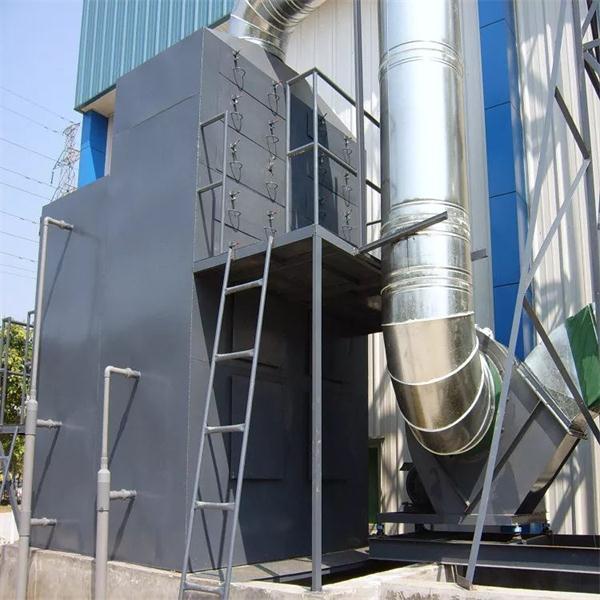Cooling practices of process constitute a significant part of the whole production process. When the products can be cooled and huge quantities of heat is dissipated all the year around, the manufacturing process will have its efficiency improved and the equipment will be able to run reliably in the long term.
Through constant innovative efforts, cooling using mechanical ventilation systems is no longer a preferred practice. The use of air is often adopted to cool processes. There are a lot of benefits out of air cooling, including dramatically saved operation costs.
The cooling effect is achieved when air blows away the accumulated heat and the equipment or components can be in contact with the cooler, and surrounding air. This process is called forced convection. A person walks in the breeze and feels the cool. They are of the same principle.
How much an object’s temperature can be reduced in the process of convection is determined by several factors. Among these factors, the most important one is the temperature of the ambient air. If the temperature between the object and the surrounding air is greater, it will be faster for the heat to be transferred and the object is cooled.
Therefore, to make the temperature of the ambient air drop will quicken the cooling process. Through installing air conditioning devices or exhaust fans to make the whole process well ventilated. It will reduce the temperature of the object and surrounding air.
To design a well-functioning coiling system for process in the factory, the following factors shall be taken into consideration:
The airflow speeds that a fan runs at various points is something a company shall know as it will allow the company to arrange the fan with the appropriate amount of volume for better cooling effect. Also, the air-velocity profile, or AVP is another factor in deciding the fan arrangement to ensure successful cooling performance for the process in the factory.

PREVIOUS: School Ventilation Systems